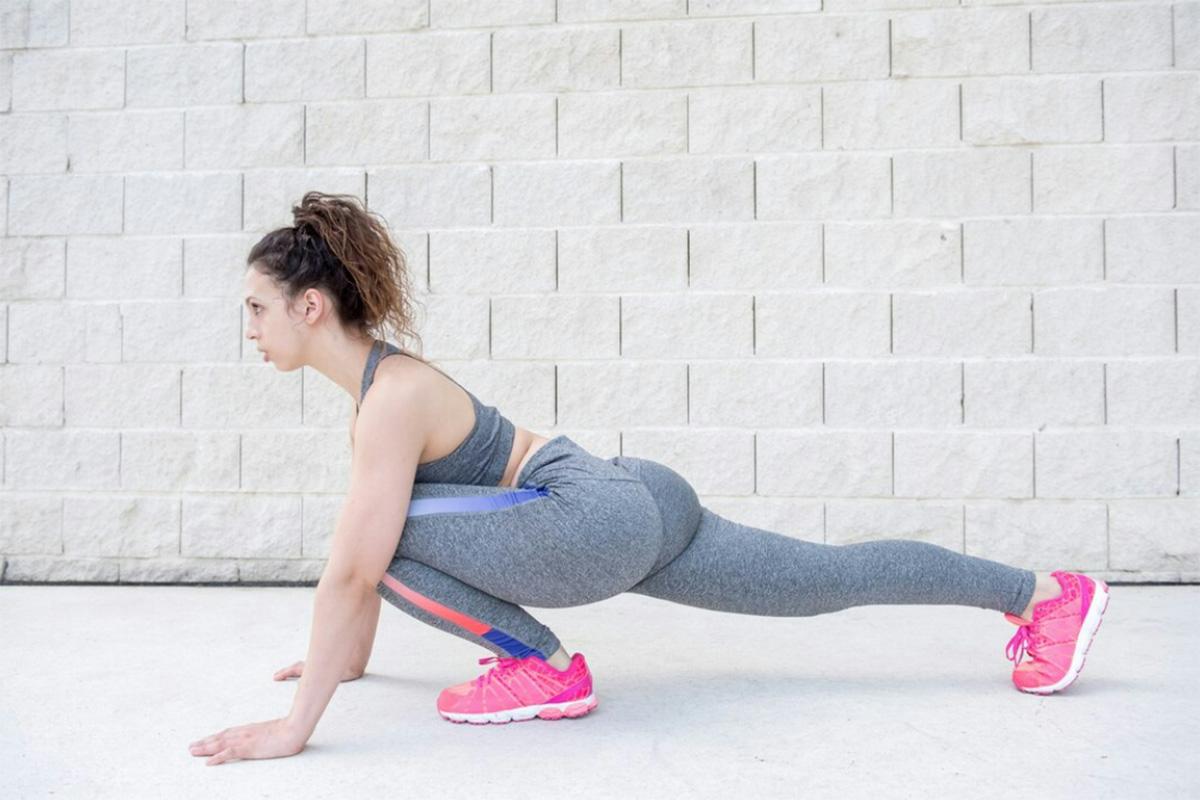Introduction
Experiencing hip pain during squat exercises can be a frustrating setback for fitness enthusiasts. This blog delves into the common causes, symptoms, and proven strategies for the prevention and treatment of hip pain during squat workouts, ensuring a safer and more effective exercise regimen.
For personalized care and expert guidance, consider Auto-Ness Physical Therapy, your go-to solution for overcoming hip pain and enhancing your squat performance.
Understanding Hip Pain
Insights from NIH research reveal a crucial link between squat movements, the range of motion in hip, knee, and ankle joints, and muscle strength. Limitations or weaknesses in these areas can significantly contribute to hip flexor pain during squat exercises. Addressing these factors is vital for preventing and effectively treating hip pain associated with squats.
Anatomy of the Hip Joint
The hip joint, characterized by its ball-and-socket structure, where the rounded end of the thigh bone fits snugly into the hip socket, offers a vital and extensive range of movement essential for various physical activities, such as squatting. This complex joint consists of bones, cartilage, muscles, ligaments, core muscles, and soft tissues, all of which can be sources of pain if not properly cared for during exercise.
Common Causes of Hip Pain in Squats
Beyond restricting your participation in your favorite sports, squat hip pain can also hinder your ability to perform everyday activities. Hip pain during squats can arise from various issues:
Hip Flexor Strain: Overuse or improper use, especially during activities involving hip flexion, can strain these muscles, leading to tight hip flexors and resulting in hip flexor pain.
Hip Impingement: This occurs when there’s friction in the hip joint during a deep squat, often due to femoroacetabular impingement, leading to pain, including lateral hip pain.
Osteoarthritis: Degeneration of joint cartilage, a common issue often linked to lack of mobility, can cause pain during movement, including knee pain.
Hip Mobility Issues: Limited joint movement, often influenced by the hip structure and weak muscles, can lead to pain and injury.
Hip Bursitis: Inflammation of the bursae, known as trochanteric bursitis, can be a nagging issue that causes significant pain.
Osteonecrosis: A significant loss of blood supply to the hip bone, a direct impact, can lead to joint pain that makes the pain worse.
Ankle Mobility Limitations: Poor ankle mobility can impact hip mechanics during squats, potentially leading to pain from squats.
Bad Posture or Core Stability: Poor form, often due to poor core stability, can lead to excessive strain on the hip joint.
Symptoms of Hip Pain in Squats

Squats can be challenging, and hip discomfort is a common issue. This discomfort in the form of hip pain squat exercise can take various forms, including:
Sharp Pain: This sensation often indicates a possible acute injury or the worsening of an existing issue.
Dull, Aching Pain: Typically associated with overuse or strain, dull and aching discomfort might suggest that you’ve pushed your hip joint or muscles beyond their limits.
Clicking or Popping Sensations: When you hear or feel clicking or popping in your hip joint during squats, it may signify joint or ligament issues.
Limited Range of Motion: If you notice stiffness or a reduced ability to move your hip joint during squats, it suggests possible joint swelling or stiffness.
Pain When Rising from a Squat: Experiencing pain when standing up from a squat can signal underlying joint or muscle problems.
Radiating Pain: Pain that radiates from your hip down your leg might indicate nerve involvement, such as sciatica.
Swelling and Tenderness: Abnormal swelling and tenderness around the hip area are often signs of inflammation or injury.
Weakness or Instability: Sensations of weakness or instability during squats could indicate potential muscle or joint dysfunction.
Preventing Hip Pain During Squats

To effectively prevent hip pain during squat workouts and ensure a safe and productive exercise routine:
Proper Warm-Up Techniques
Prioritize a dynamic warm-up that targets hip muscles and joints, like leg swings, hip circles, and hip flexor stretches, to enhance blood flow and flexibility and prevent muscle strains before squatting.
Correct Squat Form and Technique
Focus on mastering proper squat form and technique. Ensure your feet are shoulder-width apart, your back is straight, and your knees align with your feet as you lower your body. This even distribution of weight minimizes stress on the hip flexor muscles and reduces the risk of strain.
Strength and Flexibility Training
Include targeted hip exercises like lunges, leg raises, and yoga poses to strengthen hip muscles (glutes, hamstrings, quadriceps) for stability. Incorporate regular flexibility training to maintain hip range of motion, focusing on hip flexors and extensors.
Treating Hip Pain Post-Squat Workout
Effective treatments for hip pain during squat workouts include:
Rest: Essential for recovery, seeking medical advice for pain with squats during this challenging exercise in your training regimen is vital.
Stretching and Mobility Exercises: To address tight muscles, improve flexibility, and reduce stiffness in your entire body and squat stance, especially for people with hip pain.
Strengthening Exercises: Proper core stability is essential for the muscles that enhance support around the joint in your training program.
Proper Squat Form: Ensures future exercises don’t worsen the issue by maintaining correct body alignment while in squat position and preventing potential injuries.
Warm-Up and Cool-Down: Preps muscles and aids recovery, enhancing blood flow and flexibility and reducing soreness.
Foam Rolling: Foam rollers ease muscle tension and relax muscles, promoting flexibility and range of motion.
Explore Auto-Ness Physical Therapy Solutions for Hip Pain Relief in Squat Workouts
Auto-Ness Physical Therapy offers customized solutions from expert physical therapists that address hip pain specific to squat workouts, employing innovative techniques for proper form and personalized care plans and corrective exercises.
Don’t let hip pain hold you back – reach out to Scripps Physical Therapy today and take the first step towards optimal squat performance and overall hip health.
Conclusion
Understanding and addressing hip pain during squat workouts is key to maintaining a healthy and active lifestyle. With proper precautions and treatments, it’s possible to minimize discomfort and maximize squatting benefits.
FAQs
Q1: Should I stretch my hip if it hurts?
A1: Gentle stretching can be beneficial, but it’s important to listen to your body and avoid exacerbating the pain.
Q2: Why do my hips hurt so bad after working out?
A2: It could be due to overuse, improper form, or an underlying condition. Consult a professional if the pain persists.
Q3: Is it normal to have hip pain when squatting?
A3: Occasional discomfort may be expected, but persistent or severe pain should be evaluated by a healthcare professional.


